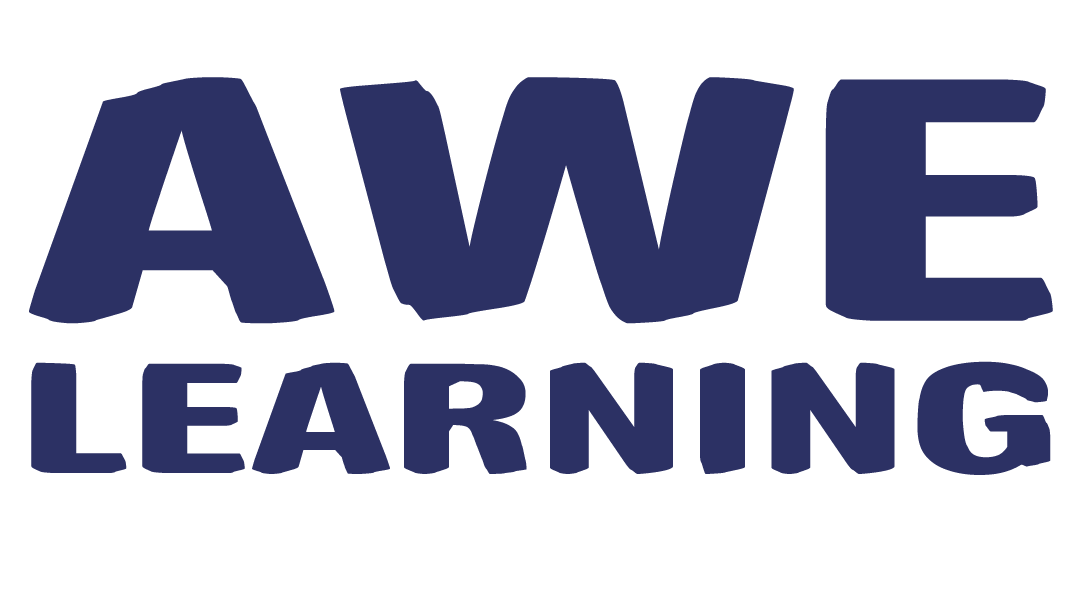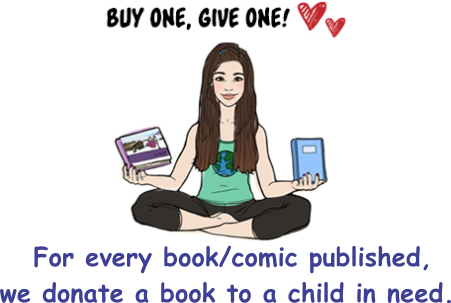 ABOUT THE AUTHOR
ABOUT THE AUTHOR
JUDD WINICK lives in San Francisco with his wife, their two kids, and their cat. Judd has scripted issues of bestselling comic series, including Batman, Green Lantern, Green Arrow, Justice League, and Star Wars. Judd also appeared as a cast member of MTV's The Real World: San Francisco and is the author of the highly acclaimed graphic novel Pedro and Me, about his Real World roommate and friend, AIDS activist Pedro Zamora.
 JUDD'S BOOK - HILO 5: THEN EVERYTHING WENT WRONG
JUDD'S BOOK - HILO 5: THEN EVERYTHING WENT WRONG
HILO--the hilarious, action-packed New York Times BESTSELLING GRAPHIC NOVEL SERIES that kids love!
What REALLY happened in Hilo's world before he came to Earth? D.J. and our favorite space boy, Hilo, take a DANGEROUS trip to Hilo's home planet to find out! But everything Hilo thinks he knows about his past is about to be turned inside out and UPSIDE DOWN! Hilo was supposed to save everyone...but what happens if it's Hilo that needs saving?! Is ANYONE who we think they are? Can Hilo and his friends figure out how all the pieces fit...before it's too late?!
INTERVIEW WITH JUDD WINICK
Q: Congratulations on Hilo hitting the New York Times best sellers list! Why do you believe Hilo is a culmination of all your previous writing /comics?
A: HILO pretty much combines everything that I’ve ever done before. It looks and feels like a comic strip: I mean that in the way that it’s drawn, with lots of jokes for an all-ages audience just like comic strips. It has the long-form storytelling of superhero comics that I’d written for over a decade. And it has so much of the movement and pacing of animation that I’ve worked on. Both all-ages kiddo animation like for my show JUNIPER LEE for Cartoon Network and even the more grown-up stuff I did for Hulu on the show THE AWESOMES. At this point, I’d really have a hard time finding something I’ve done in the past that doesn’t feed right into Hilo. It’s probably why I’m at my happiest doing this right now.
Q: What was the inspiration behind the characters Hilo, DJ and Gina?
A: Each character was inspired from somebody for different reasons. DJ is based on me. When I was a kid, I was very self-conscious about whatever I thought about me. DJ’s a lot like that. Unlike me, DJ is ridiculously brave and his friends are in trouble.
Gina is in part based on my wife. I’ve noticed that a lot female characters tend to be smart OR cool, not both. My wife Pam is a doctor, an MD, but she still dyes crazy-colored streaks in her hair. And she was in a rock band. And was on television. Gina loves astronomy, science, reading, sci-fi and fantasy books just like Pam did as a kid. But Gina is cool. “Cool” meaning, confident, funny, quick. That’s my wife Pam.
And Hilo is the best friend that I always wanted. Like I said, I was very self-conscious kid. I would’ve loved to have someone so confident, and crazy, and wild to just grab me by the wrist and say “Come on! We’re gonna go do this! Even though it’s crazy dangerous! It’ll be fun!”
Q: Do you draw your story or write it first?
A: I pretty much write it first. But there’s a lot of back-and-forth. I outlined the whole book first. Pretty much scene by scene. Then I start writing out the scenes with dialogue. Then after a huge chunk, I’ll go and start drying it up a bit as a rough draft. Usually about 30 pages. And then I go back to writing dialogue and stuff. Back forth back forth. But writing always takes the lead.
Q: Do you believe graphic novels/comics help inspire kids to read?
A: I do. I absolutely do. And I’ll try to keep this answer short, because I can actually go on a lot on this subject. Graphic novels are wonderful on so many different levels. It’s always disappointing when people seem to think they’re less than prose books. I think the crux of the argument against graphic novels is that they’re “easy.” I think the easy part comes from the fact that there’s pictures on every single page, and in many cases cute pictures. Or colorful pictures. And also, you read graphic novels faster. You just do. They’re quicker reads. A 250-page graphic novel will not take you anywhere near as long to get through as 250-page book of prayers. But it doesn’t mean the stories have less value. They can be very deep. Very thought provoking. Very dramatic. As well as be funny. Even educational. Graphic novels are really beautiful for reluctant readers as well. Graphic novels are just easier to get into because someone who might have trouble reading might be a cowed by looking at a book of prose. The graphic novels are just more inviting. And because they’ll get through it quicker, a reluctant reader will have that sense of accomplishment of actually finishing a book. They will fall in love with stories. Not necessarily reading, but stories.
Again. I could just go on and on.
Q: Do you believe some people are innately funny and some are not, or can you learn humor?
A: I have never been asked that question. That’s a hard one. Can comedy be taught? I guess part of it can be. I know there’s comedic actors who say that they’re not actually funny. But when they’re given the material, they can make it funny. I guess that’s one way and the person can become funny. But I think funny people are attracted to comedy. I think they read funny things and watch funny things and then emulate it. I grew up reading comic strips and humor magazines like MAD magazine and cartoon collections from the New Yorker, and stuff like that. I loved TV comedies as a kid and movies. I love funny things. I think I wanted to be funny too. I learned early on that I could do comic strips and cartoons that made people laugh. It was the best feeling in the whole world.
Q: Do you enjoy superhero stories, writing for TV or being on TV the best?
A: That’s hard! Those are three entirely different things. Honest. It’s like asking someone do you prefer:
- going to the movies.
- reading comics
- eating.
:)
If you mean specifically in my life, well, that might be easier to answer. I grew up reading superhero comics and they were more a part of me than I ever could really have imagined. They informed my storytelling in ways I didn’t realize until I was actually doing it. Superhero comics are so much a part of who I am. It was one of the biggest thrills in the whole wide world when I finally got to start writing these characters that I grew up reading. I often joke that working as a professional superhero comics writer is a lot like doing fanfiction. You’re taking these characters and someone else made up, that you read as a kid, and then you get to make your own stories. It’s amazing.
And writing for television has been a blast. I got to create, produce, and write my own animated series, Juniper Lee, and that was a dream come true. And then later I got to write animation for other people. That was so much fun as well. There’s a distinct thrill about putting words down on the page, and sketching things out on a story board, and then actually watch it come to life on the TV screen. There’s a kind of magic to it. I’m crazy about it. I hope to do more.
And yes, I was on TV. I was on a reality program called the real world. That’s where I met my wife, who is also a cast member. And my roommate and friend was a young named Pedro Zamora, who not long after we finish the show, died of aids. The experience completely change my life. I made and lost an incredible friend, I fell love with someone I’m spending my life with, and now we have a family together. That’s my time on television. I obviously wouldn’t trade it for anything. So, again, your pick three really tough things for me to pick a favorite. I just can’t.
Q: What is your advice to kids who want to become a cartoonist?
A: Copy the cartoons you like. That’s the place to start. I became a cartoonist because of Garfield. I was eight or nine years old and just fell in love with the comic strip. I would draw Garfield over and over again. Then I made my own Garfield comic strips. Then I ripped off Garfield and made my own comic strip about a fat angry cat. It went on from there. So often adults tell kids and young people that they should “only come up with their own ideas. Be original!” I think it’s OK to copy for a while. And it’s OK to emulate for a while. It’s how you learn. Look at the stuff you love, and try and do that. It’s the best place to start. And draw a lot.
Q: What is your favorite quote and why?
A: Oh, so hard! I’ve got to pick a few.
“Success comes when opportunity meets preparation.”
That’s one that’s pretty much guided my life. I’ve always tried to work hard, and then when the chance to do something came up, I jumped at it.
“I urge you to please notice when you are happy, and exclaim or murmur or think at some point, ‘If this isn’t nice, I don’t know what is.’” KURT VONNEGUT
Because it’s the best advice.







